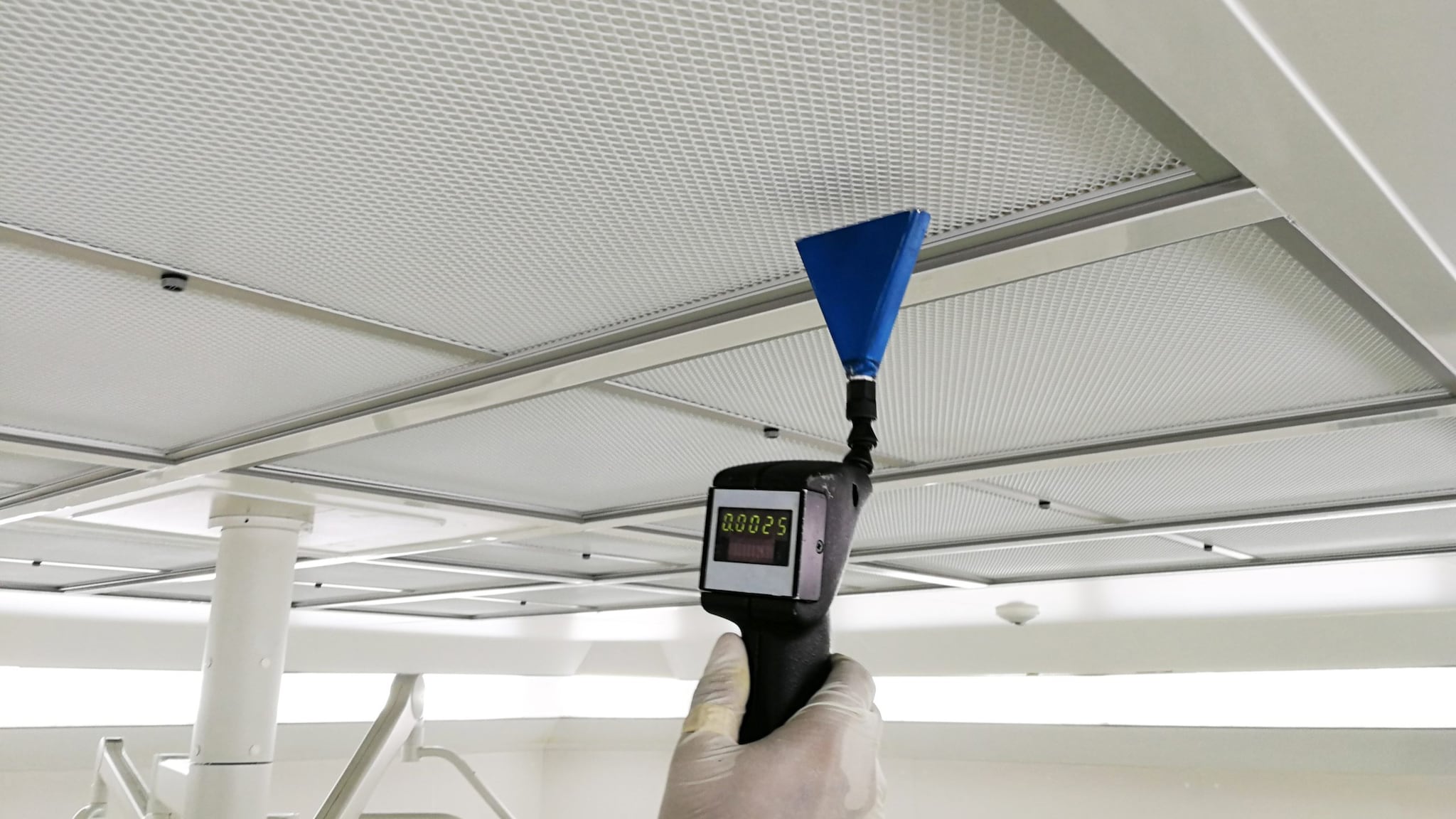What to know
- When indoors, ventilation mitigation strategies can help reduce airborne germ concentration and lower occupants' risk of exposure to respiratory viruses.
- Implementing multiple infection prevention and control strategies at the same time can increase the overall effectiveness of ventilation interventions.

Overview
Keep in mind
When indoors, ventilation mitigation strategies can help reduce viral particle concentration. A lower concentration results in fewer viral particles inhaled into the lungs, which lowers the inhaled dose. Additionally, it also reduces the amount of viral particles that people can come into contact with through their eyes, nose, and mouth, as well as the amount that can accumulate on surfaces.
Although it isn't known exactly how much the concentration of viral particles in the air needs to be reduced to start reducing risk of infection, ventilation mitigation strategies still provide a reasonable approach to reducing risk. Not all interventions will work in all scenarios and their selection must be carefully evaluated prior to adoption.
These ventilation interventions can reduce the spread of disease, but they will not eliminate risk completely. These interventions are intended to lower transmission risk by lowering the concentration of infectious aerosols in a room. However, the overall transmission reduction is less likely to apply to people who are very close (e.g. face-to-face) to the infectious source. Some of the following interventions are based on COVID-19 Technical Resources published by ASHRAE.
Join the challenge
Prevention tips
In addition to buildings, vehicles – including public transportation such as buses, subways, trains, school buses, carpools, and rideshares – are also areas where ventilation improvements can be applied to reduce the spread of airborne viruses and lower the risk of exposure.
The recommendations presented here are not intended to replace guidance that may already exist in national, state, and local standards and guidelines. For example, some healthcare spaces have specified ventilation requirements intended to prevent and control infectious diseases. For spaces where existing standards and guidelines specify lower ventilation rates than the recommendations presented here, building owners and managers are encouraged to consider adoption of the more protective guidance.
Ventilation intervention strategies may be grouped into two broad categories of Improving Air Circulation and Improving Air Cleanliness.
Some interventions may require consultation with professionals experienced in the proper selection, implementation, and commissioning of HVAC systems. Their experience should preferably include the building, system, and occupancy types under evaluation.
Prevention methods
The following pages have information about ventilation interventions that are relevant to building managers and industrial hygienists:
Resources
- Building owners and operators can participate in the Clean Air in Buildings Challenge
- What is a MERV rating?
- EPA's Guide to Air Cleaners in the Home
